[ad_1]
Pears, the gorgeous historic fruit and hallmark of autumn, are comparatively easy to develop throughout the residence yard. Whether or not or not dwarf or full-sized timber, they match seamlessly amongst ornamental and edible preparations.
For most interesting fruiting, rising two or additional varieties ensures a great deal of juicy pears to go spherical. They’re final for creating enticing autumnal fruit bowls and centerpieces together with up to date consuming, baking, juicing, preserving, and sharing.
Whereas largely problem-free, some pests and illnesses hassle the fruiting specimens. Some do little to no harm, whereas others are additional excessive if not scouted early. To get most likely probably the most out of the autumn harvest, know what to seek for with reference to pear tree points. Proper right here, we’ll uncover widespread offenders, their therapies, and prevention.
Small Fruits
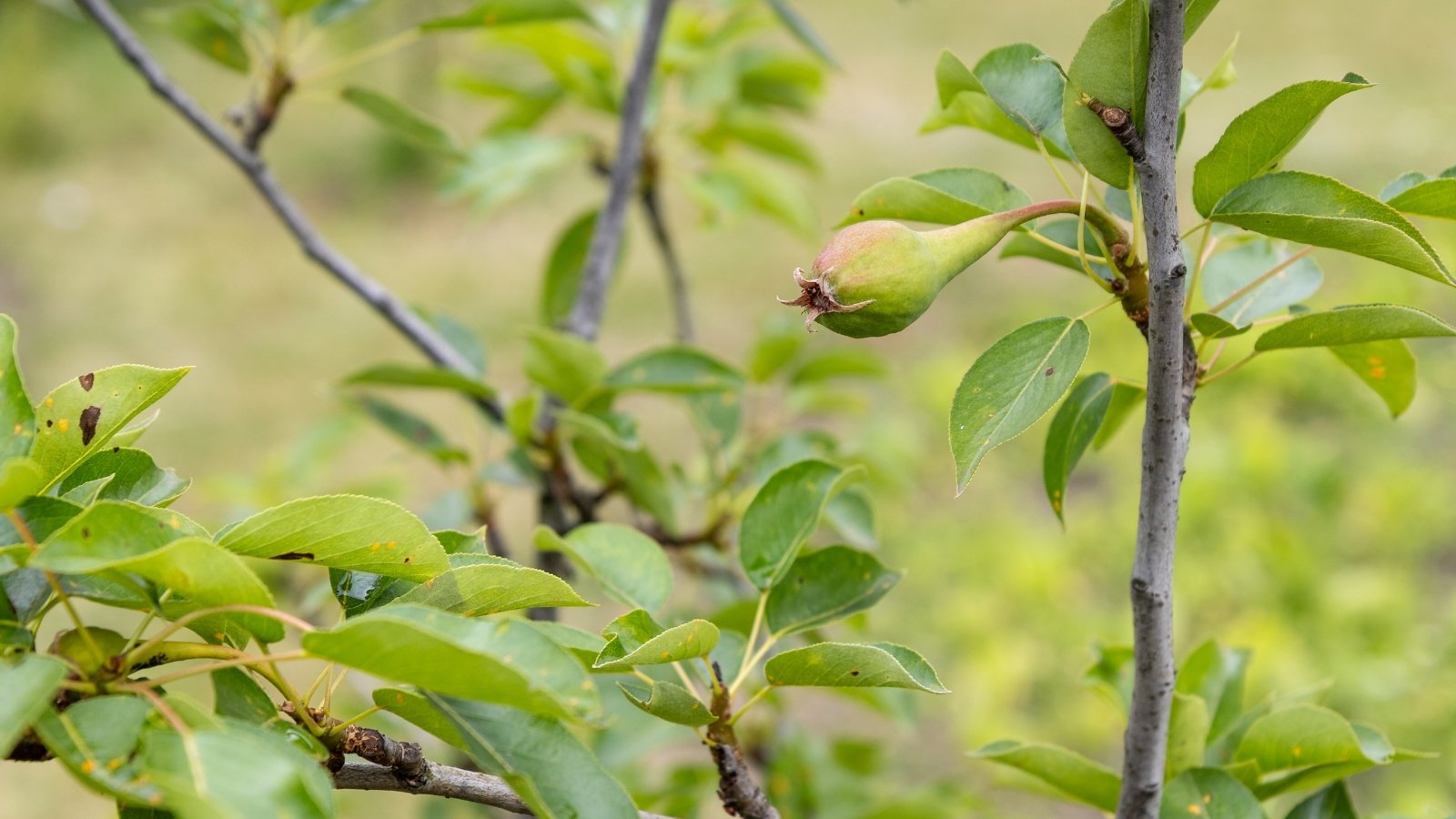

In case your tree produces small, laborious, and unsweet rounds, it may very well be due to a lack of thinning. Pyrus and completely different fruits in good properly being and with good pollination produce appreciable buds after flowering. As a result of the tree makes use of its energy to help all the buds, there are too many to kind completely developed, sweet-tasting, juicy specimens. The excess moreover weighs down stems and can set off cracking. Pears don’t on a regular basis need thinning; it’s one factor to seek for throughout the case of stunted fruits.
An prevalence known as “June drop” is widespread in early summer season, the place timber naturally drop additional buds as a measure of culling to direct energy to those that keep. Growers sometimes comply with handbook thinning in late spring to ensure mature fruits.
To skinny pears, take away lesser buds when small, about half an inch to an inch. Cut back the buds in order that they’re six to eight inches apart, and reduce the amount in clusters to 1 or two. You’ll nonetheless have a great deal of pears, merely bigger and tastier ones.
Lack of Buds and Fruits
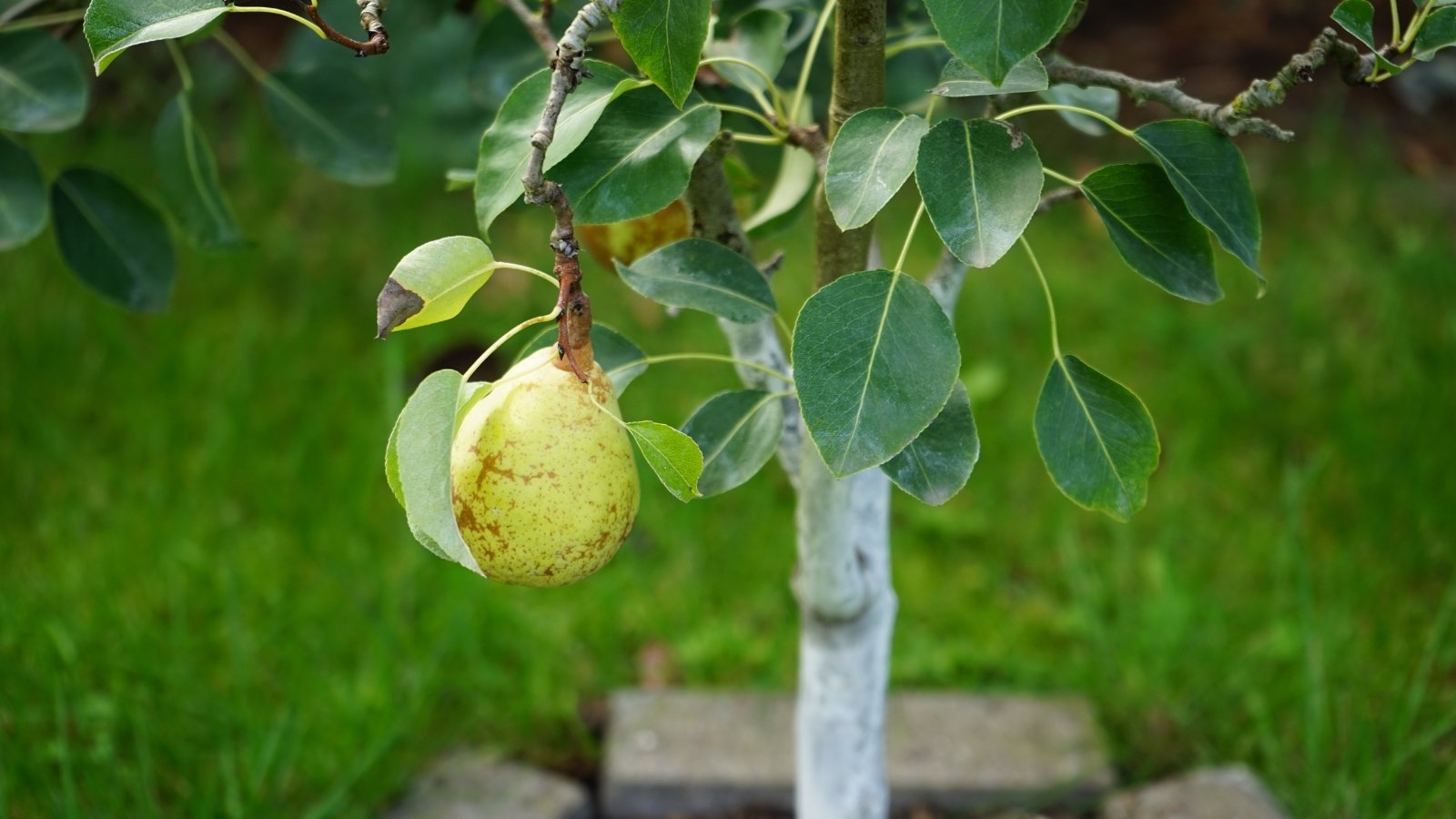

After the burst of up to date spring flowers, we hope to see these little buds kind and develop. There are some issues to scout with reference to an absence of fruit:
- Cultural stress (water fluctuations, poor soil drainage, an extreme quantity of shade, nutrient deficiency, late freezes)
- Pest or sickness stress
- Weak cross-pollination
- Not enough chill hours
Whereas some varieties are self-fertile and produce a crop independently, all pears revenue from utterly completely different varieties rising throughout the neighborhood. Most require cross-pollination with one different cultivar for most interesting budset and fruiting. Plant two (or additional when you could have space) kinds of pears inside 100 toes to attract bees and completely different bugs to pollinate the blossoms.
Pears require a sure amount of chill hours to set fruits. Chill time is at temperatures between 32 and 45°F (0-7°C), and the amount needed varies by species. Asian pears typically require a lot much less chill hours and are match for warmer climates, whereas European varieties require additional chill time and develop properly in cooler areas. In case your house had a warmth winter and your choice needs better chill lengths, poor fruiting might final result.
Overfertilizing
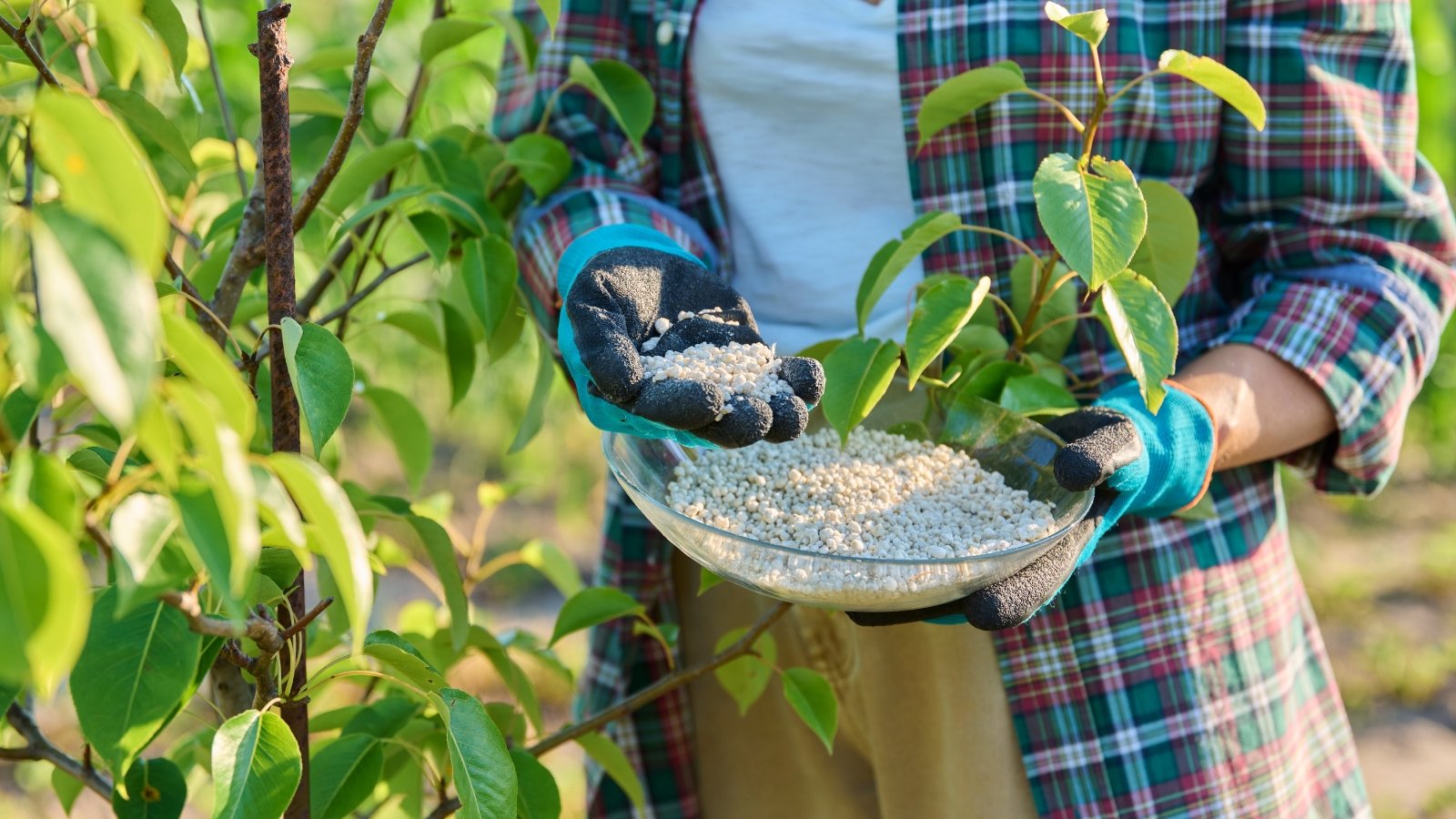

An extreme quantity of of issue, like nitrogen, leads to overly vigorous, weak improvement. As nitrogen promotes leafy improvement and stems, the fast manufacturing causes susceptibility to hearth blight and completely different illnesses. Excessive portions moreover result in fewer fruits as a result of the tree directs energy into foliar improvement. Fruits that develop may be small and fewer sweet.
The right prevention is to utilize a mild hand with reference to fertilizing. Pyrus adapt to quite a few soil varieties as long as they’re well-draining. They don’t rely on an overage of nutritional vitamins. A single software program of an pure slow-release granular in spring is commonly enough to span the rising season.
Not Pruning
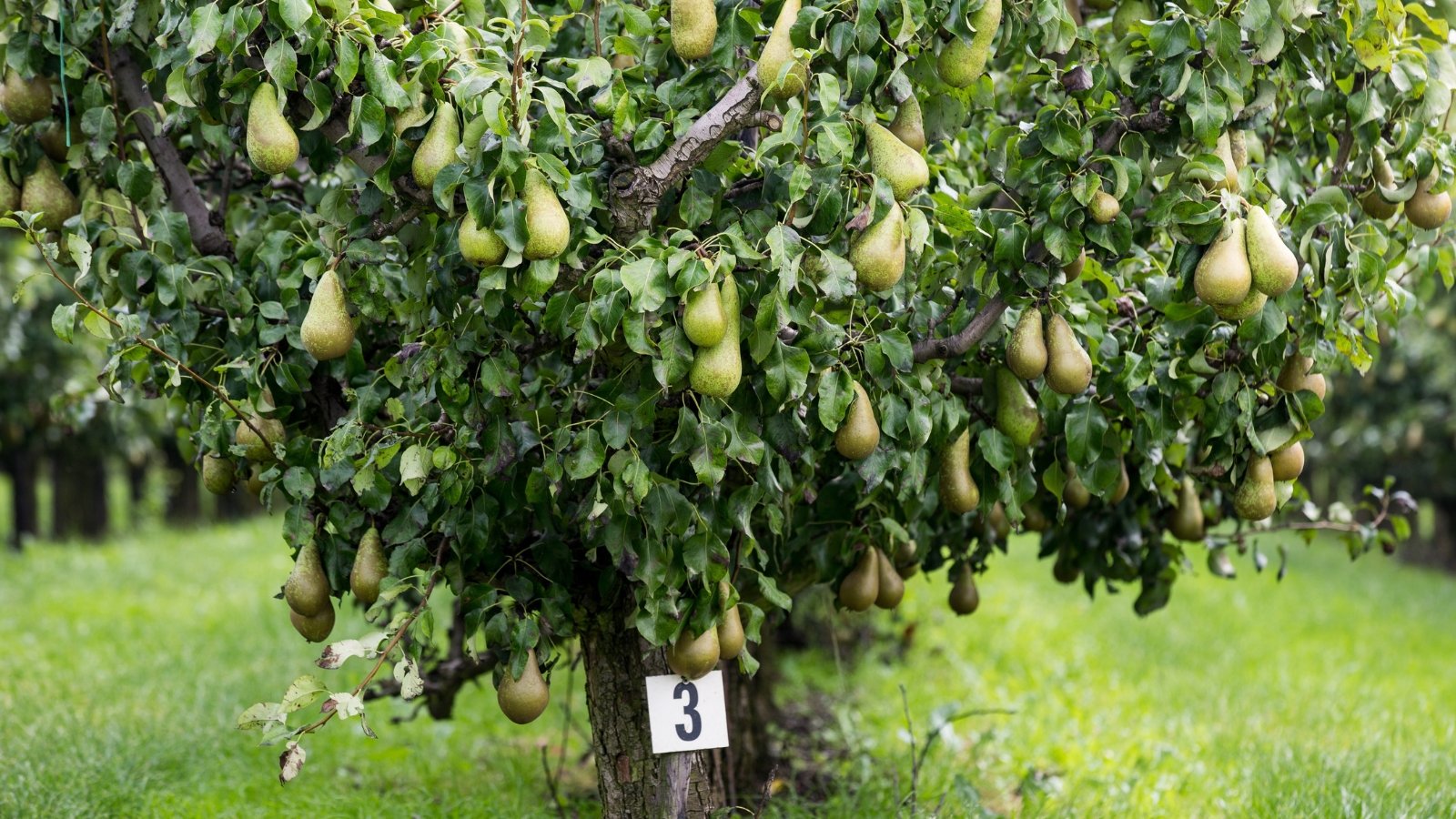

Timber revenue from pruning to retain kind, foster fruiting spurs (new shoots), and hold vigor. It helps reduce limb breakage and cracking whereas rising airflow.
Goal for an oval cowl, a pyramidal/conical kind, or an upright vase kind. These embrace central leaders with multi-branching for uniform fruiting. Teaching a youthful tree with a central chief and facet branches promotes good kind.
Resulting from their blight susceptibility, pears don’t require intensive annual pruning, nevertheless eradicating suckers and thinning downside branches is nice comply with. Take away any crossing, declining, or ineffective branches at any time of yr. Prune for kind in late winter, and within the discount of whippy suckers as they pop up from the trunk’s base.
Renovating earlier timber helps enhance their yield. Healthful pears are long-lived, and pruning overgrown specimens brings them once more to life.
Fireplace Blight


Fireplace blight is excessive among the many many genus and likewise impacts apples along with ornamentals like quince. The bacterial pathogens (Erwinia amylovora) overwinter in small cankers throughout the branches and trunk and enter healthful tissues, spreading from the aim of an an infection.
All through blooming and in early summer season, you may even see withered flowers, buds, and blackening leaves and stems that appear scorched and wilted. Branches produce a lot much less fruit, and in the end, the entire tree might succumb.
Must you suspect blight nevertheless aren’t sure, decrease into the impacted stem to look at the tissue. With blight, it’s going to seemingly be darkened and moist. If completely different factors are the rationale for the stress, the tissue shall be greenish or dry brown.
Fungicides or chemical controls aren’t environment friendly at treating fireplace blight throughout the residence yard. Must you spot blight, decrease off the impacted improvement 8 inches beneath the ultimate seen indicators. Disinfect pruning devices between each decrease with an isopropyl alcohol (70% decision) spray or swab, or dip them in a bucket of a half cup of bleach to 5 cups water.
Burn or bag and dispose of the diseased elements, as a result of the pathogens unfold merely.
Starting with disease-resistant varieties, notably in humid environments, is an important first step. Many good-eating pears operate blight resistance.
Following most interesting cultural practices, like guaranteeing a great deal of air circulation, full photo voltaic publicity, and avoiding overfertilizing, create the healthiest specimens.
Moreover, be sure that devices are sharp and clear when pruning. Pathogens enter tissues by the use of small wounds and journey by means of wind, devices, water, soil, and bugs. Avoid pruning in moist conditions.
Leaf Spot
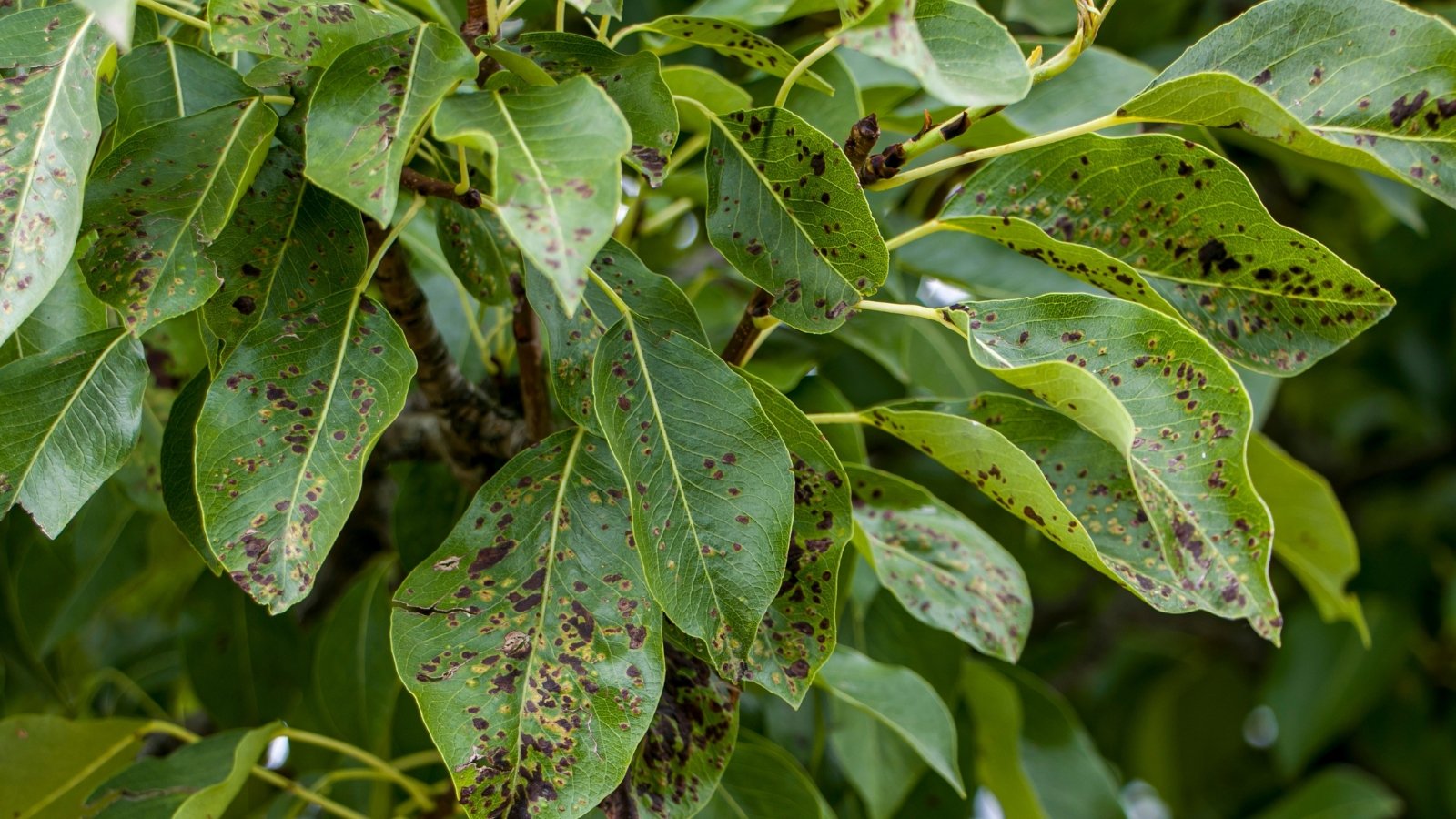

Leaf spot is a fungal an an infection that grows on leaf and fruit surfaces. Purple-brown spots with lighter amenities enhance in dimension and amount and unfold all through leaves and stems. The fungi broaden to lesions and set off leaves and stems to blacken.
The spots crop up when leaves hold moist from prolonged moisture. Fabraea leaf spot (Diplocarpon mespili) and Septoria are the first offenders.
Early detection is the easiest administration for leaf spot. Cut back off diseased leaves and take away any that drop. Prune crowded inside branches the place acceptable to increase air circulation. Destroy or discard contaminated particles away from the yard – leaf spot impacts many decisions.
Ample airflow is the easiest safety. Moreover, water on the ground stage to reduce damp conditions amongst low leaves.
Pear Scab
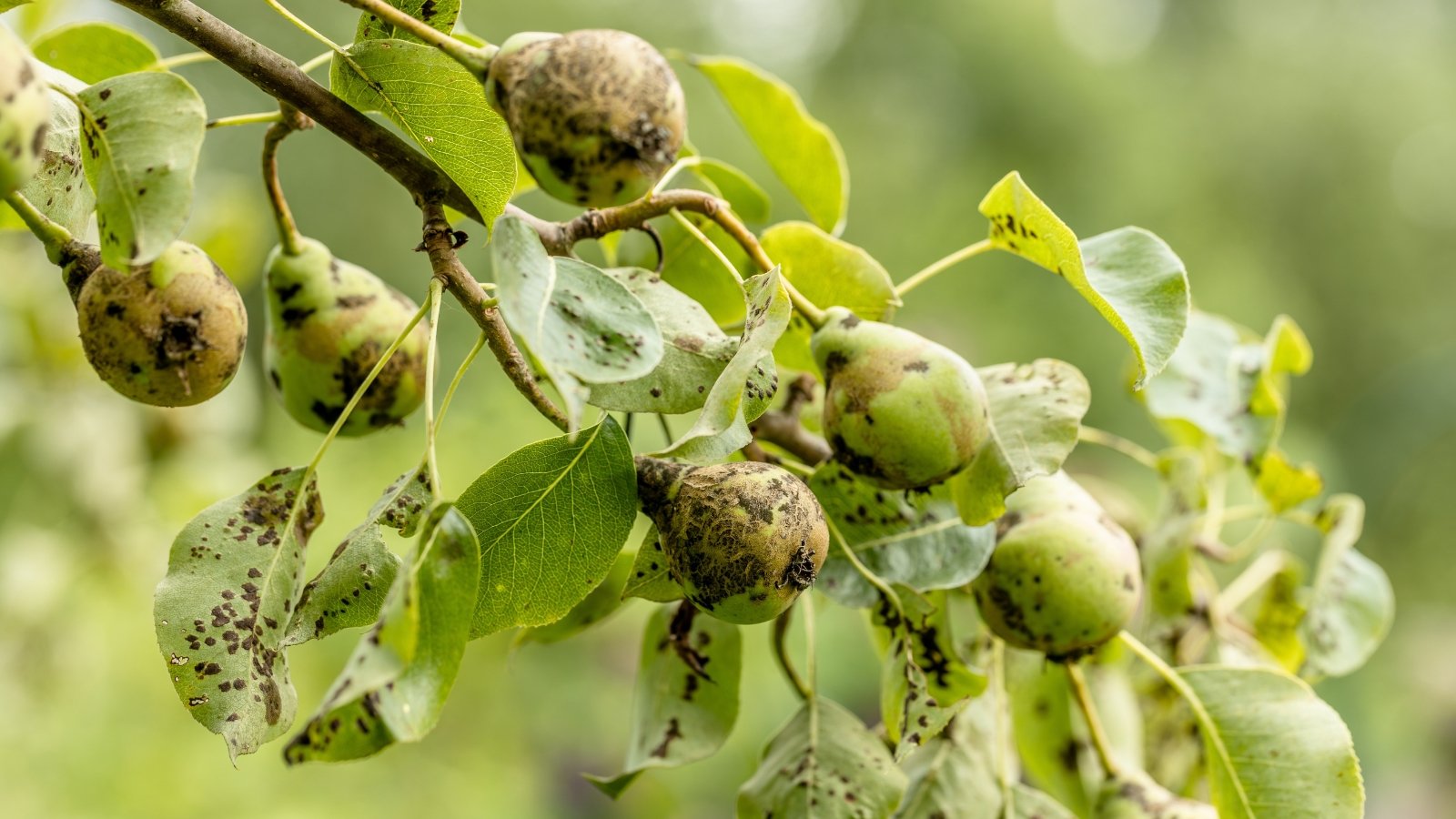

The fungus Venturia pirina causes darkish spherical lesions to look, which turn into corky and black as a result of the season progresses. Spots appear on fruits, leaf undersides, and stems. Fruit might turn into inedible as a result of it cracks and deforms.
The spores overwinter and emerge in spring’s moist conditions. Wind and water carry the spores amongst the timber. An an infection might trigger early leaf and flower drop and premature fruiting.
Horticultural oils like neem might current early treatment. Sulfur is one different pure fungicidal administration. You may need to adjust to software program suggestions for environment friendly, centered use. Prune away contaminated elements for disposal.
Take away particles like dropped leaves, fruits, and twigs from spherical trunks throughout the fall. This limits overwintering web sites that harbor spores.
Codling Moth
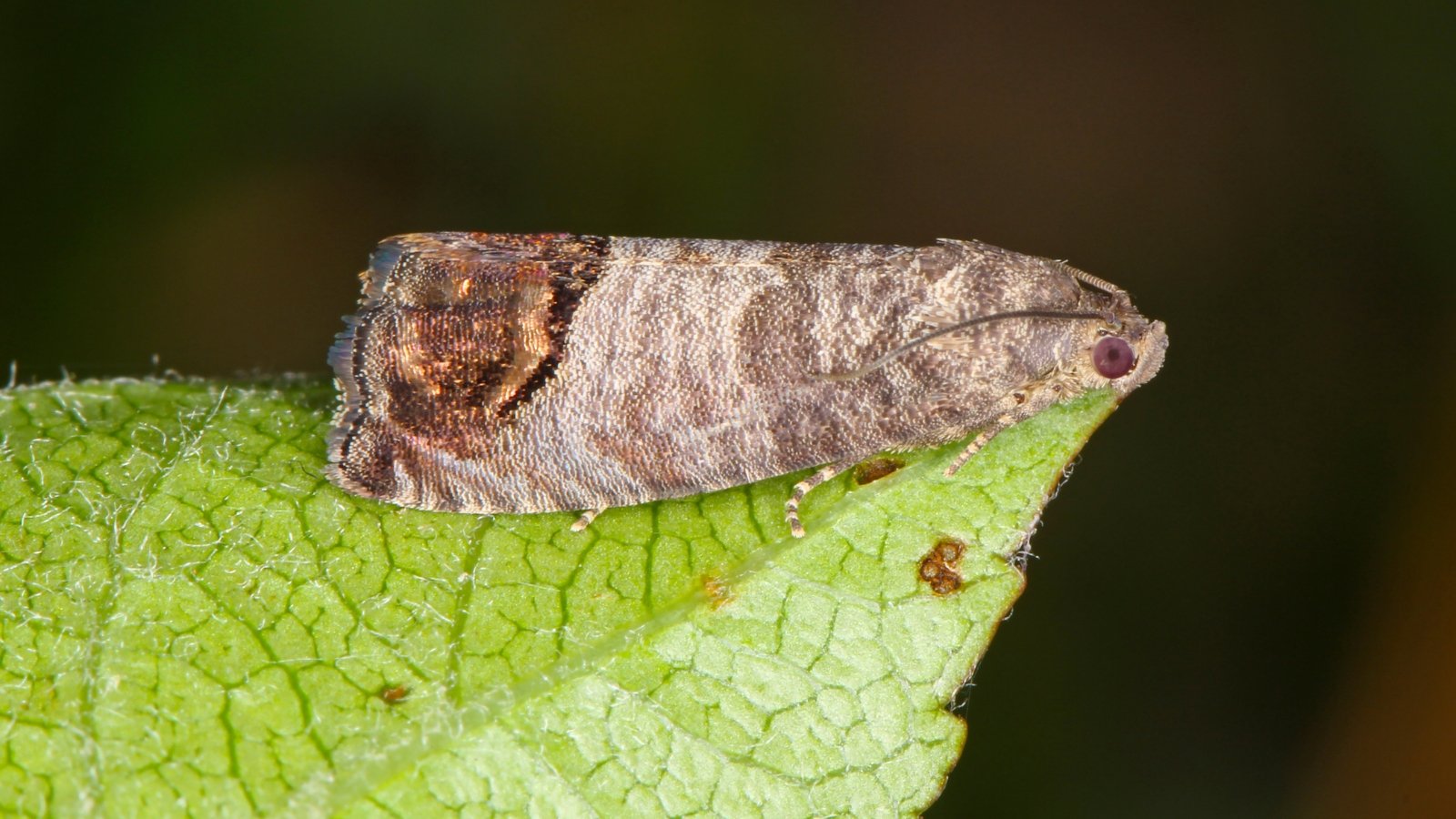

Codling moths (Cydia pomonella) lay eggs on creating fruit surfaces, and the hatching larvae dig into them to feed. Their burrowing and feeding destroy the fruit.
Grownup moths are grayish-brown, and the males have coppery scales on their wingtips. The large larvae attain half-inch prolonged and are pink with brown heads.
The mature larvae drop to the underside for cocooning to proceed the cycle. There are sometimes two generations by way of the rising season, beginning in spring with a reemergence in midsummer. They overwinter in surrounding soils and particles to emerge the subsequent spring.
You most likely have a historic previous of codling moths or dwell near completely different orchards, using pheromone sticky traps is an efficient indicator of their presence. As quickly as you discover the moths, a fruit-safe horticultural oil might help take care of infestations, nevertheless it is an issue to give attention to the widespread, flying moths. Concentrating on the fruit might suffocate the eggs and hatching larvae.
Useful nematodes and parasitic wasps prey on codling moth larvae. Apply useful nematodes to the encircling soil all through energetic intervals in spring and summer season. Plant a vary of species that attraction to useful bugs.
Take away contaminated fruit from the tree to cease extra populations. Eradicating fallen particles and dropped fruits helps reduce harboring and overwintering by eradicating sheltering web sites.
Aphids
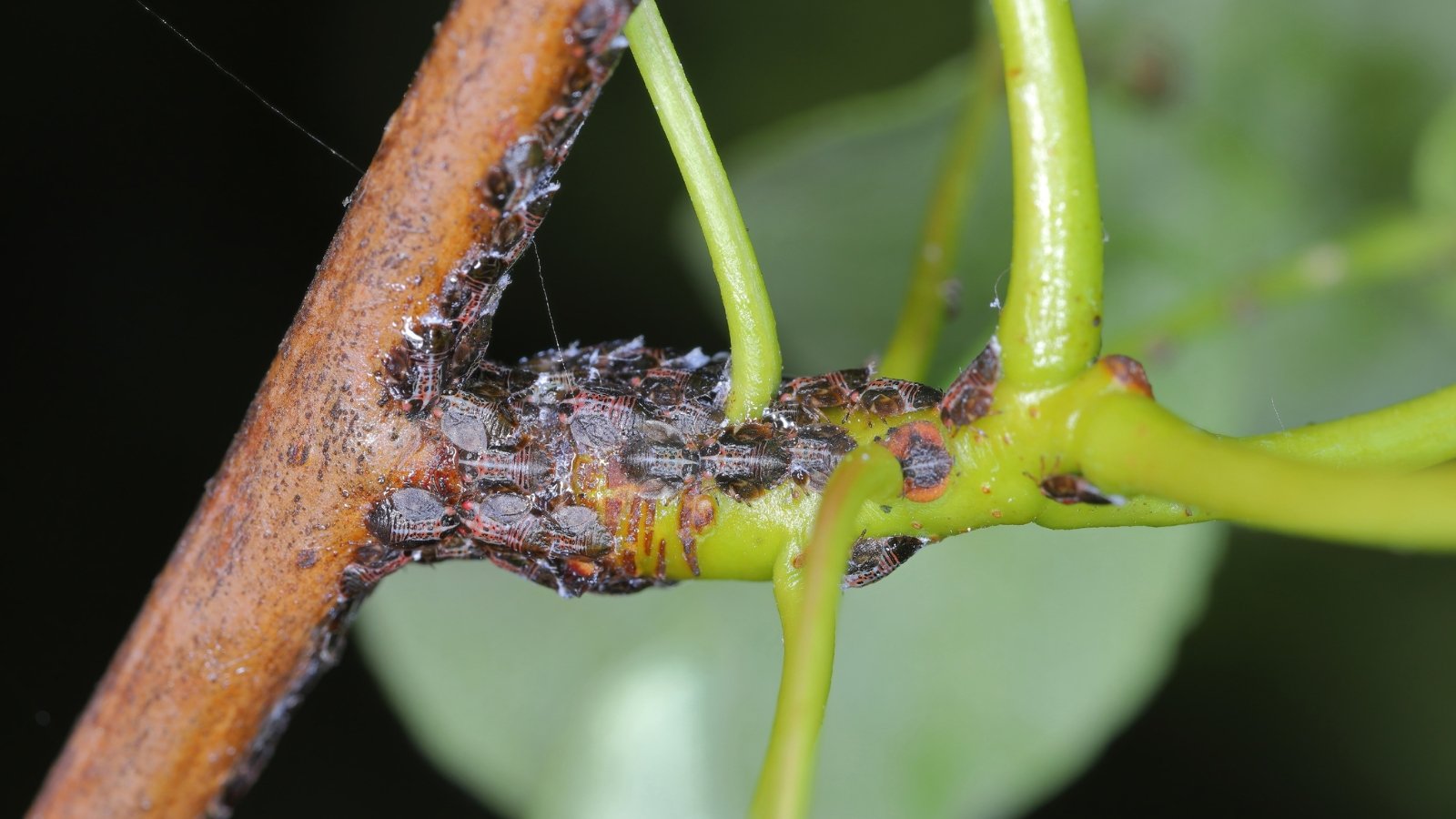

Aphids are sap-sucking bugs with easy our our bodies in pale yellow, inexperienced, pink, brown, or black. They colonize in large numbers on the undersides of leaves and feed on tissues.
Aphids want easy, new improvement, along with tender shoots and leaf undersides. They don’t often pose a excessive menace nevertheless might trigger stress. As well as they depart behind sugary honeydew, leading to unattractive black, sooty mildew. Aphids unfold fungal spores and are vectors for viruses.
Excessive infestation might set off curled leaves, yellowing, and stunted improvement.
Spraying a sturdy stream of water early throughout the day might deter aphids by displacing them from leaves and stems. Try this as part of ongoing repairs with recurring aphids.
Pure predators are the easiest line of safety. Attraction to ladybugs, parasitic wasps, hoverflies, and lacewings with quite a few blooming decisions.
Aphids congregate in numbers, and pruning off impacted sections might eradicate small infestations. Horticultural soaps or oils like neem administration excessive infestations. Plant-based insecticidal oils embrace garlic extract, clove, rosemary, mint, and cinnamon oils and are environment friendly pure controls. Adjust to label directions, as these therapies impact all bugs, along with pollinators.
To forestall aphids, water always to care for evenly moist soils. Aphids gravitate in the direction of drought-stressed specimens over healthful, well-watered ones.
Spider Mites
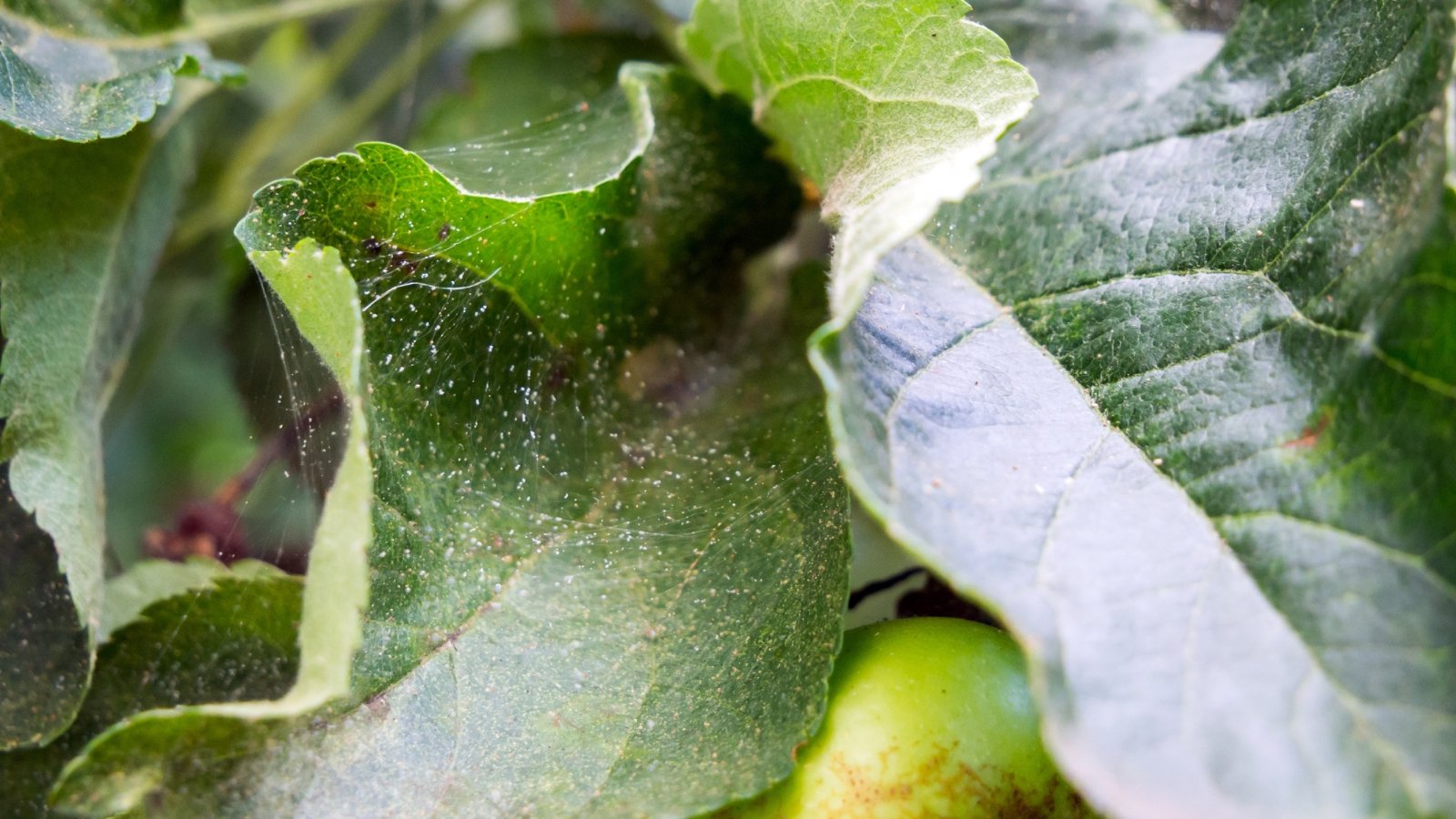

Spider mites are one different sap-sucking insect that inhabit the undersides of leaves. Their piercing mouthparts feed on cell tissue. Likelihood is you will not see the tiny creatures with out a magnifying glass, nevertheless their telltale webbing is a sure sign.
Colonies dwell spherical leaf veins and mid-ribs. Females lay eggs and the larvae shortly feed on sap and tissues. Pale spots appear on foliage. Adults feed and produce tight webs spherical leaves, stems, and branches.
The foliage reveals mild yellowing and stippling and can turn into bronze. Leaves turn into stiff and curl and prematurely drop.
Spider mites occur in scorching, dry, dusty conditions. Like aphids, they flock to decisions experiencing drought stress.
Useful predators like ladybugs, lacewings, and predatory mites help administration populations. The treatment is similar as for aphids: spray a strong stream of water early throughout the day to discourage and knock bugs off the stems. Spraying moreover rinses away mud.
Prune away affected elements and do away with particles considerably than together with it to the compost pile, which can unfold the bugs.
Horticultural cleansing cleaning soap or oil rids the plant of maximum circumstances. Time of day is essential in software program, with sooner than or after sunset being the easiest.
To forestall spider mites, water always and adjust to the easiest cultural suggestions. Water fluctuations give spider mites a chance to enhance in amount and extra weaken crops.
Wildlife
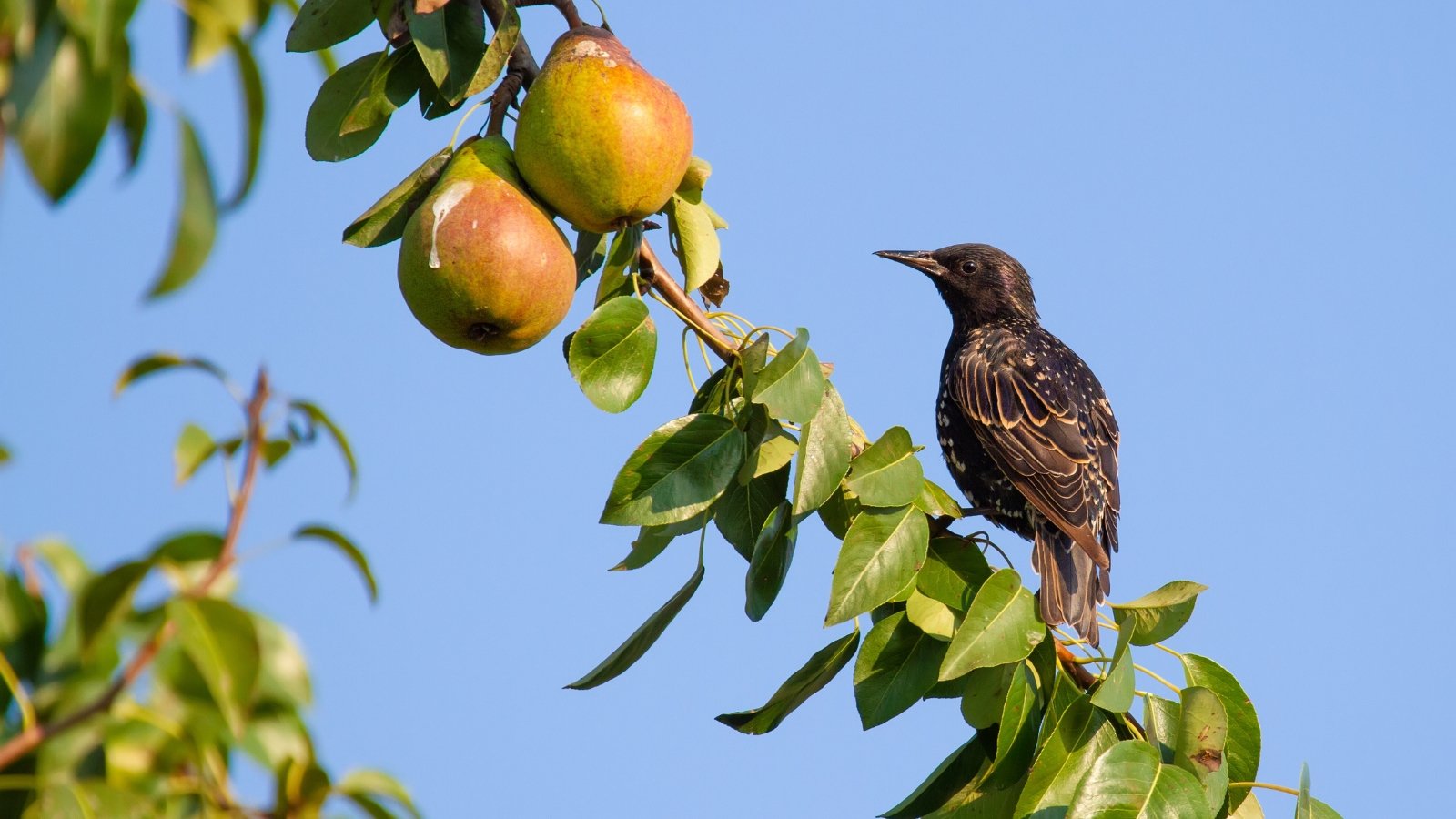

Likelihood is you will experience birds and mammals that have the benefit of pears as quite a bit as we do. Voles, rabbits, and deer might nibble on the sleek bark and shoots of youthful timber. A trunk defend deters small mammals, whereas a wire cage creates a barrier until branches are previous attain.
The tasty fruits are a draw for birds, squirrels, and bugs. Most European varieties hold inexperienced and company on the division. Determine these sooner than they ripen for the easiest style. They soften and ripen off the stem. This moreover makes them a lot much less vulnerable to predation.
Asian varieties are sometimes harvested ripe on the stem. If birds and squirrels are a difficulty, it’s possible you’ll net timber post-bloom, after pollination and as buds develop. Fruit baggage defend clusters or specific particular person fruits as they mature. Take away and retailer the nets at autumn’s harvest.
Go away some pears to develop and drop naturally as wildlife forage by way of the cool season.
[ad_2]
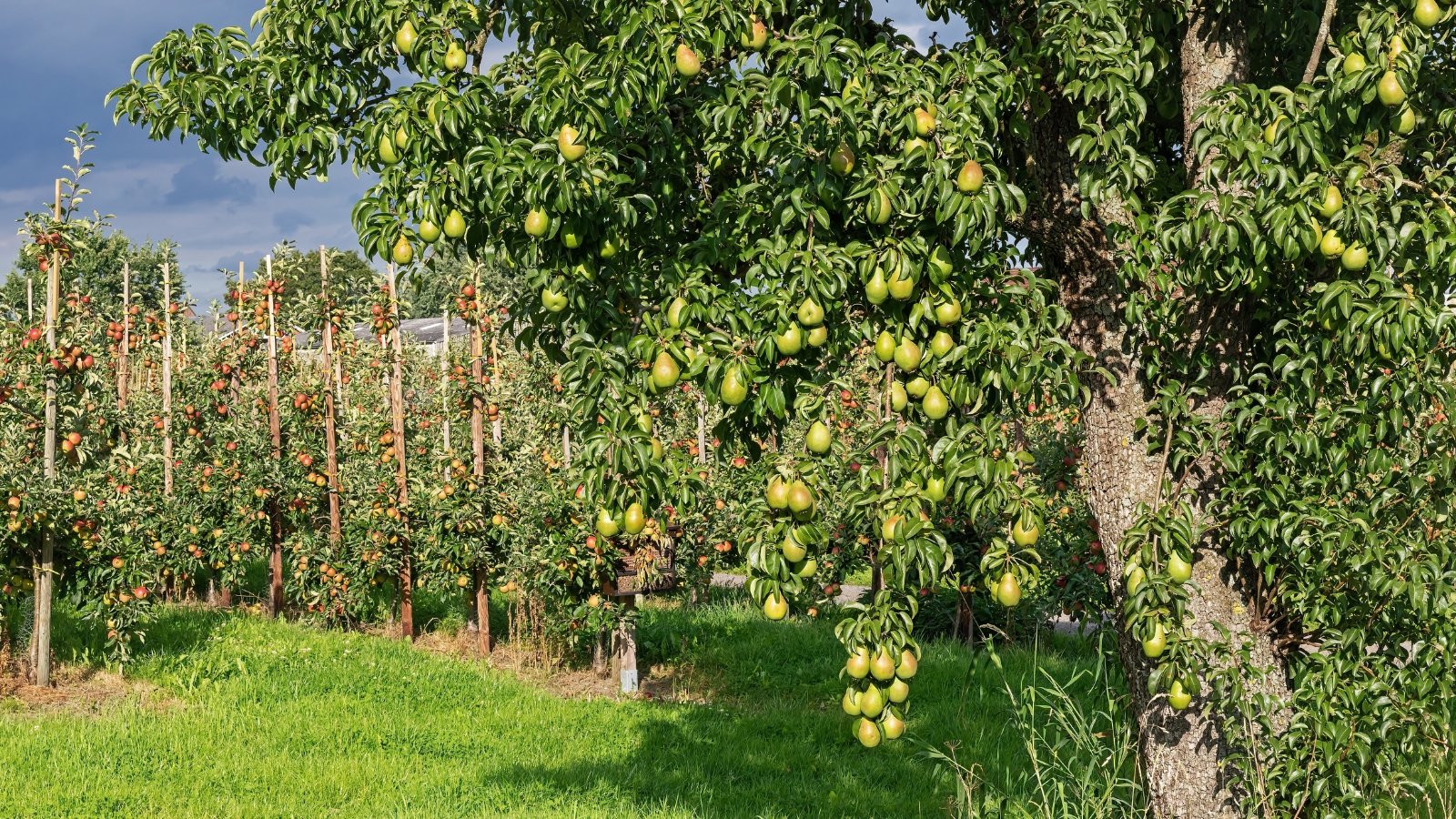
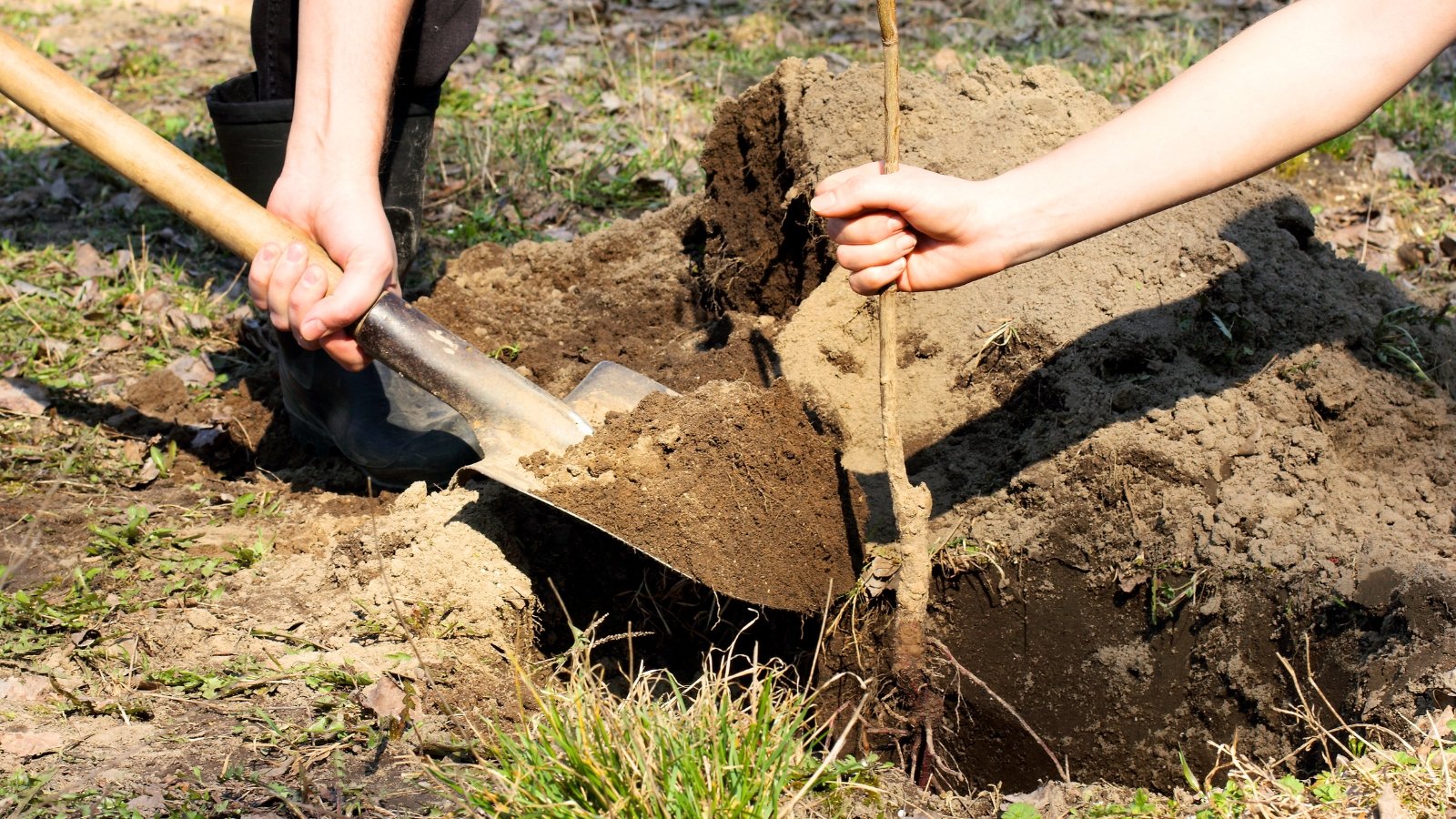
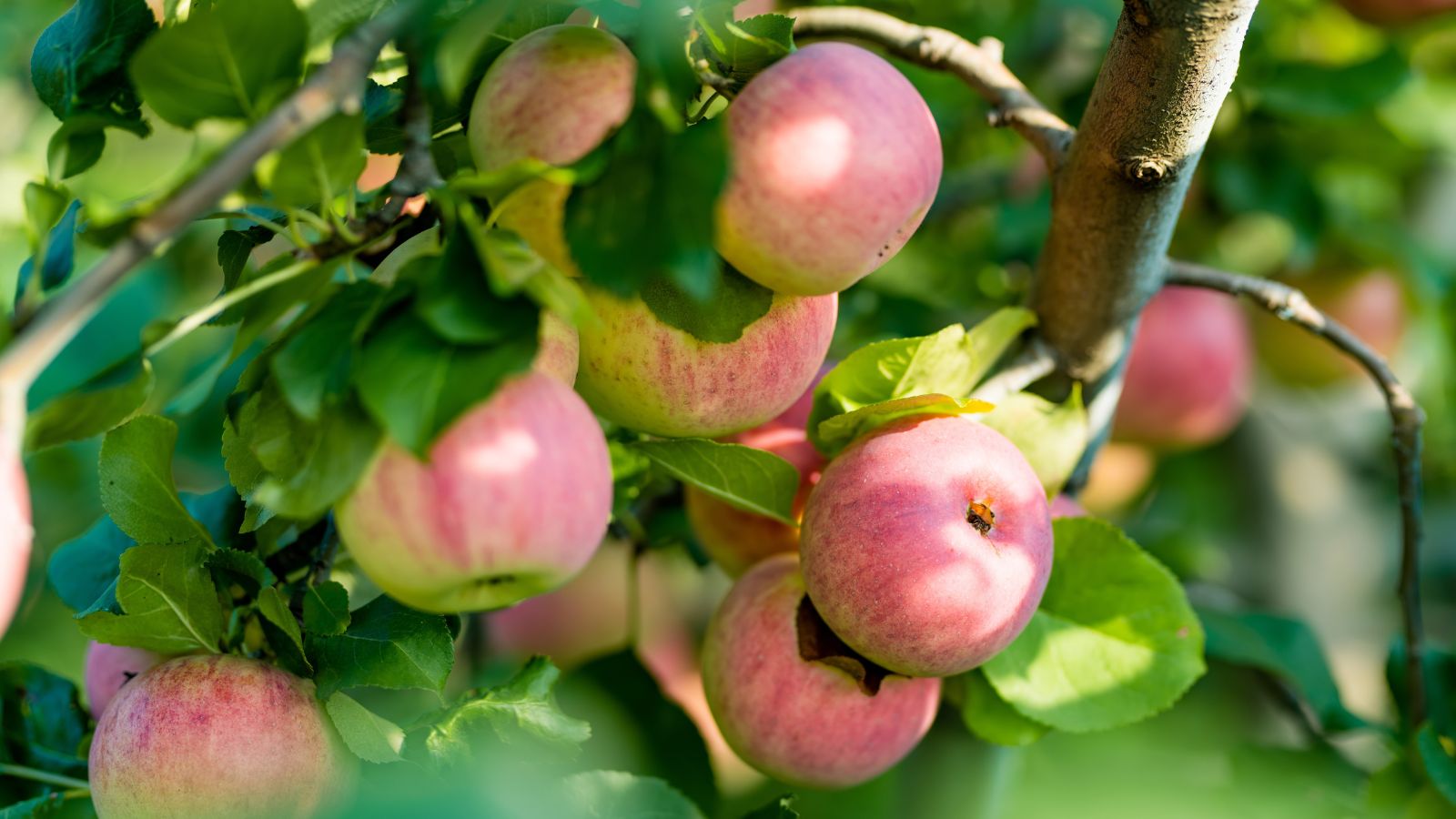
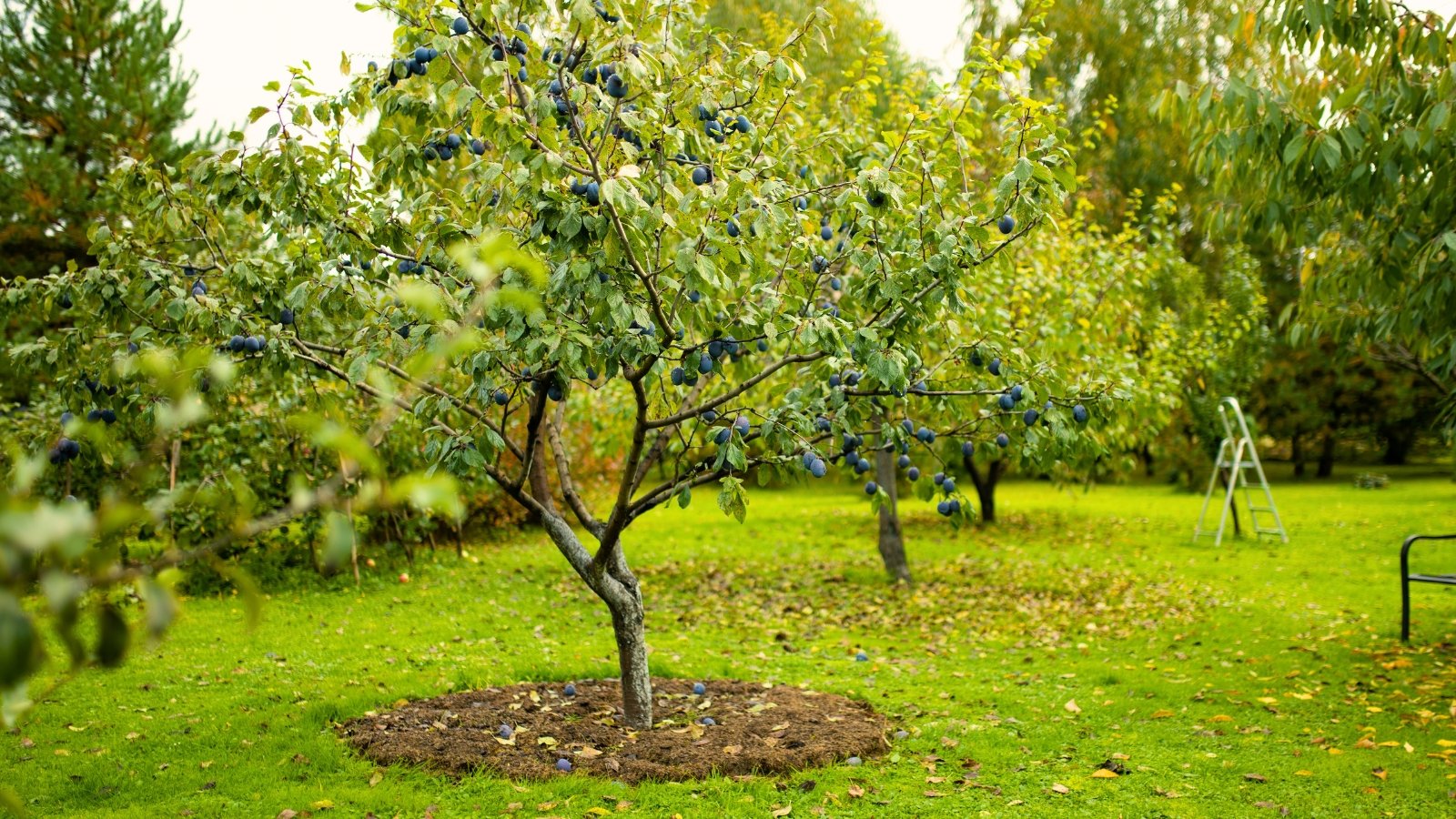
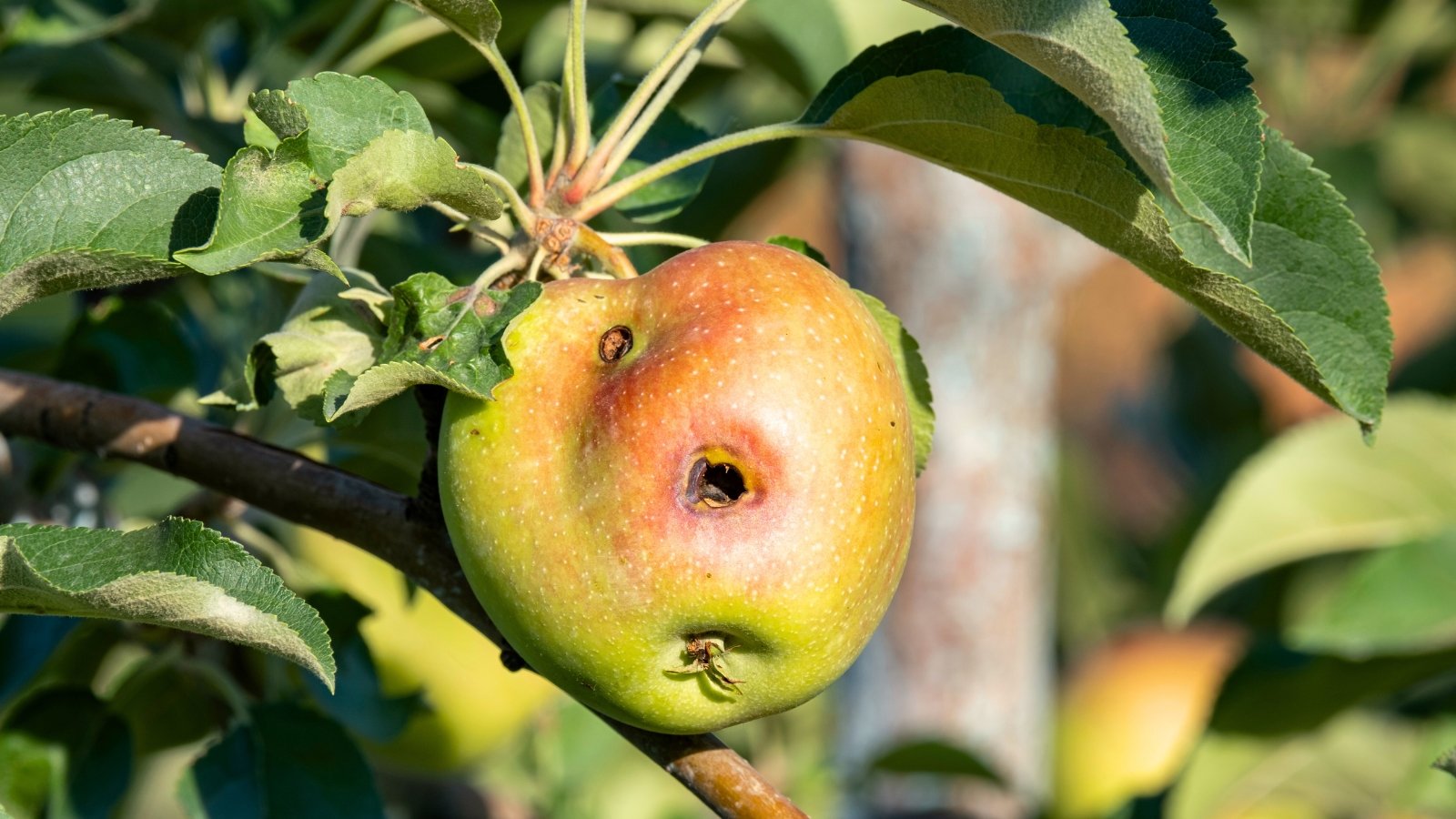
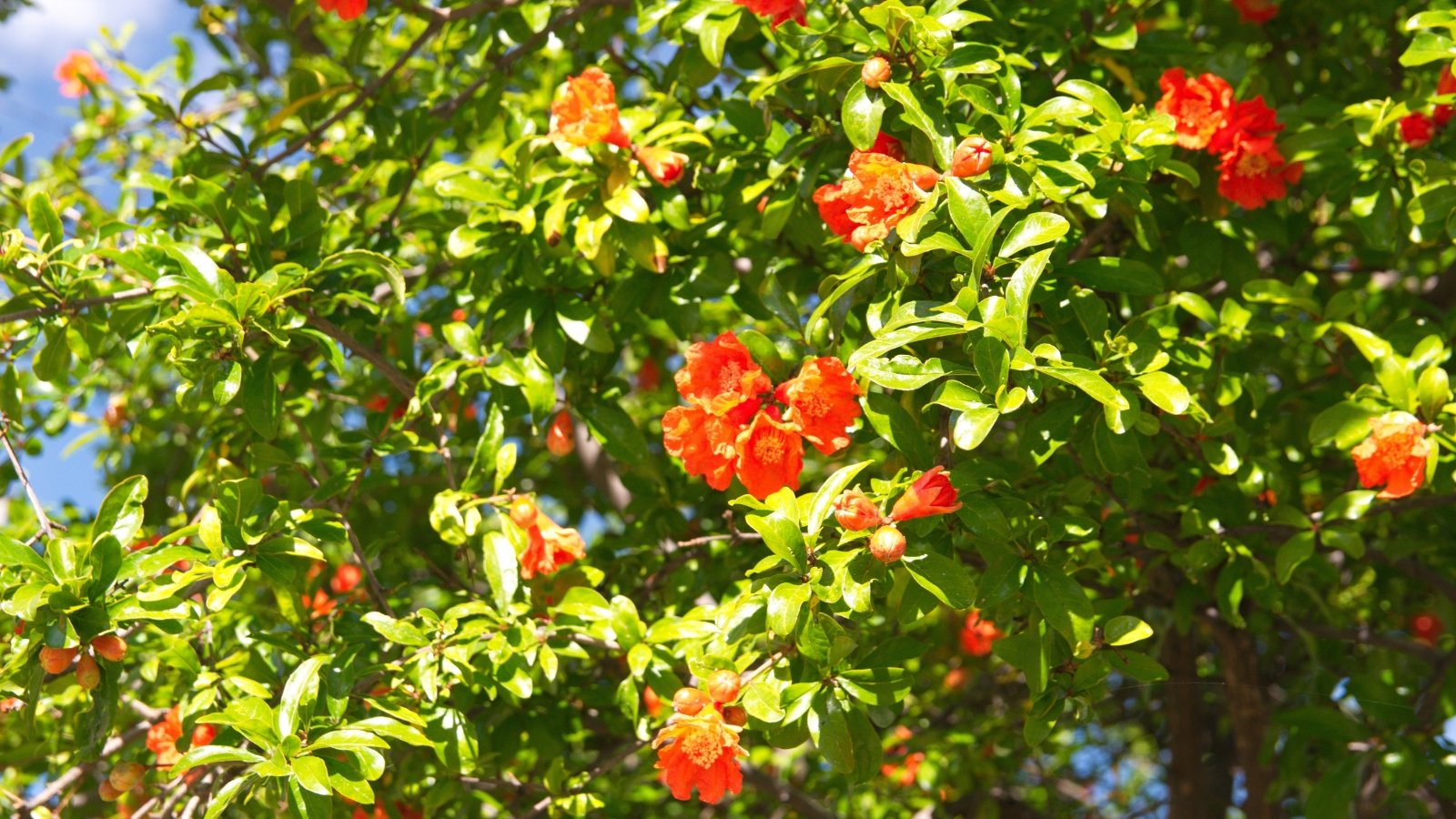
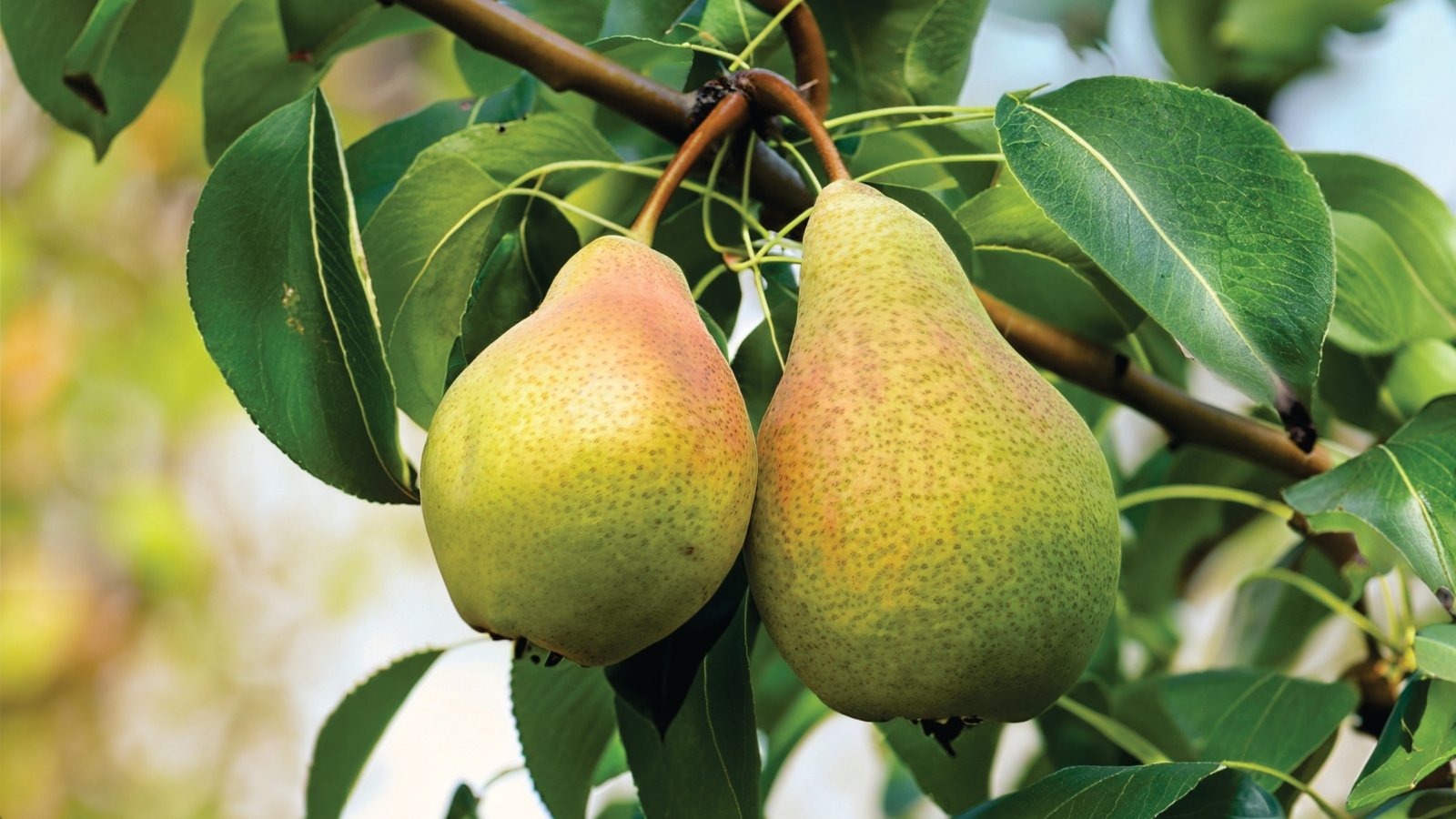
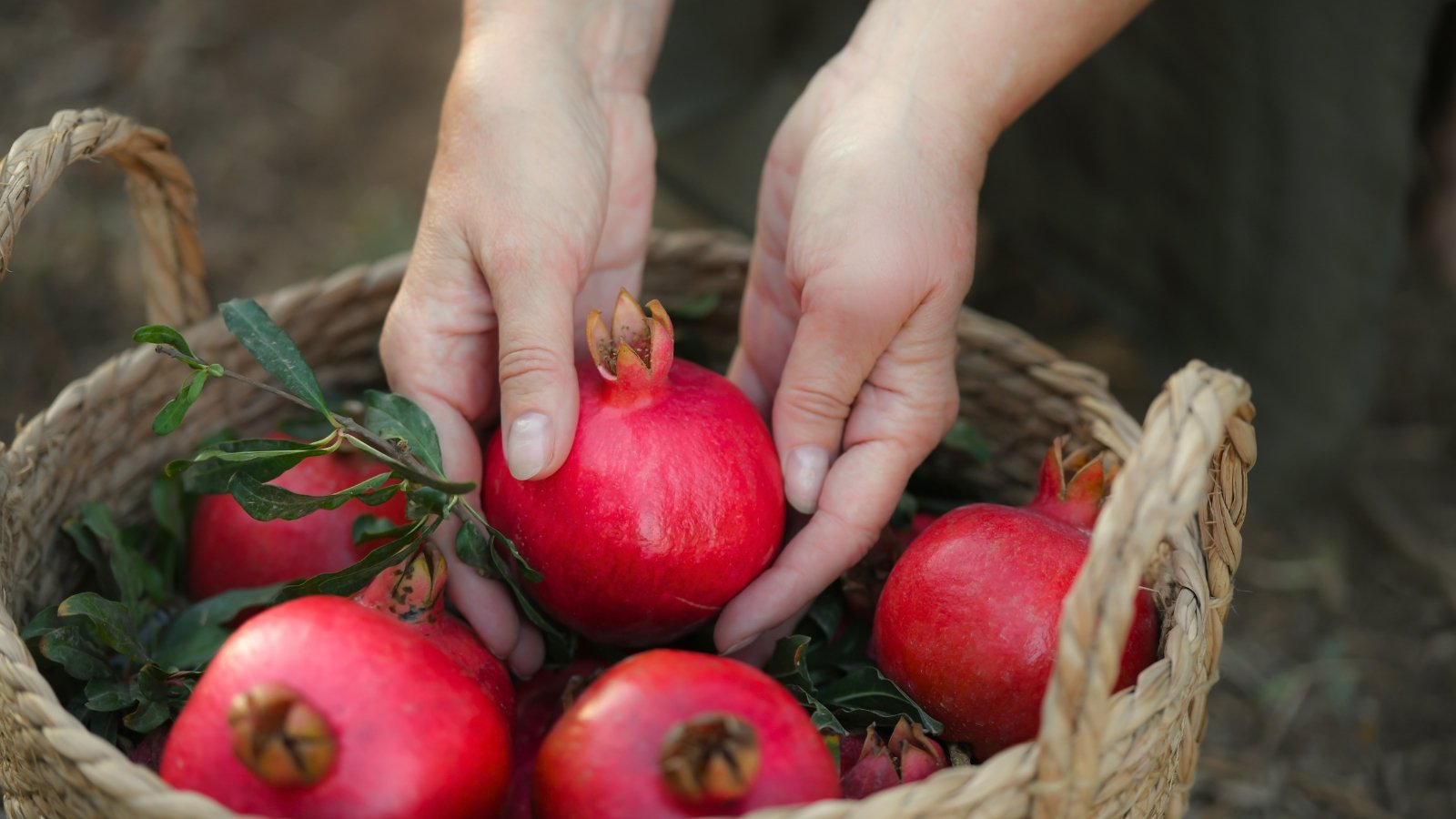
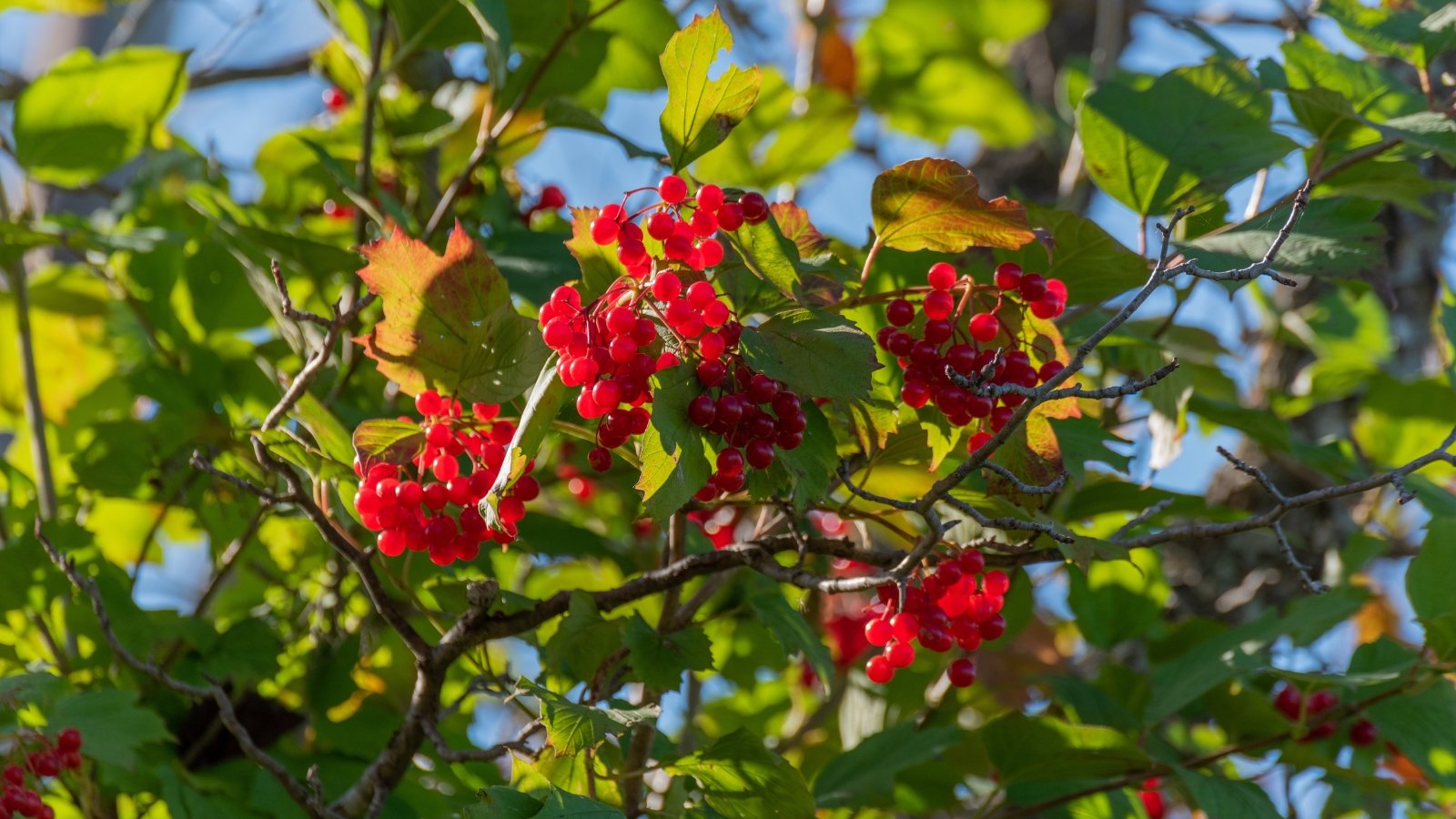
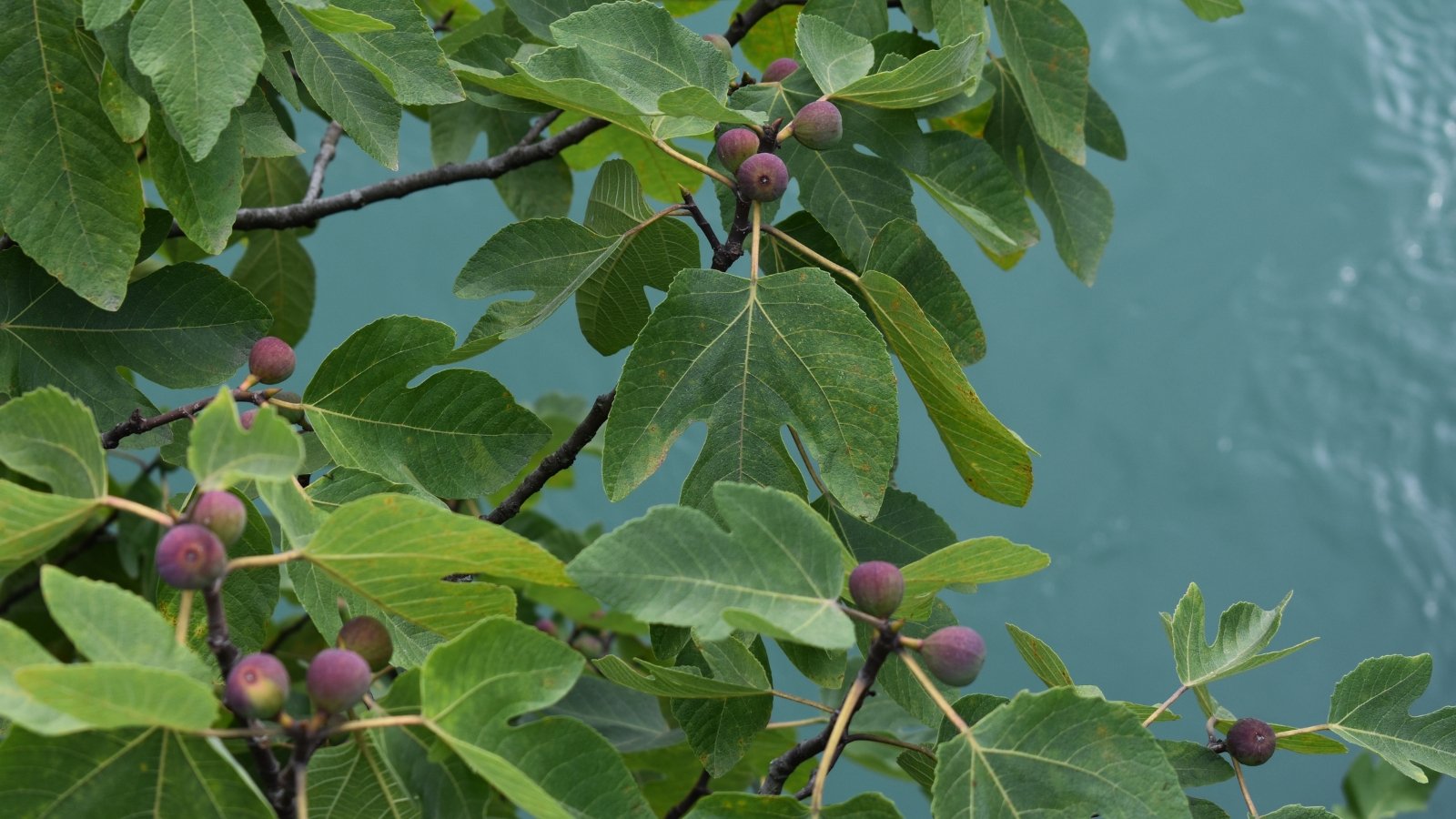
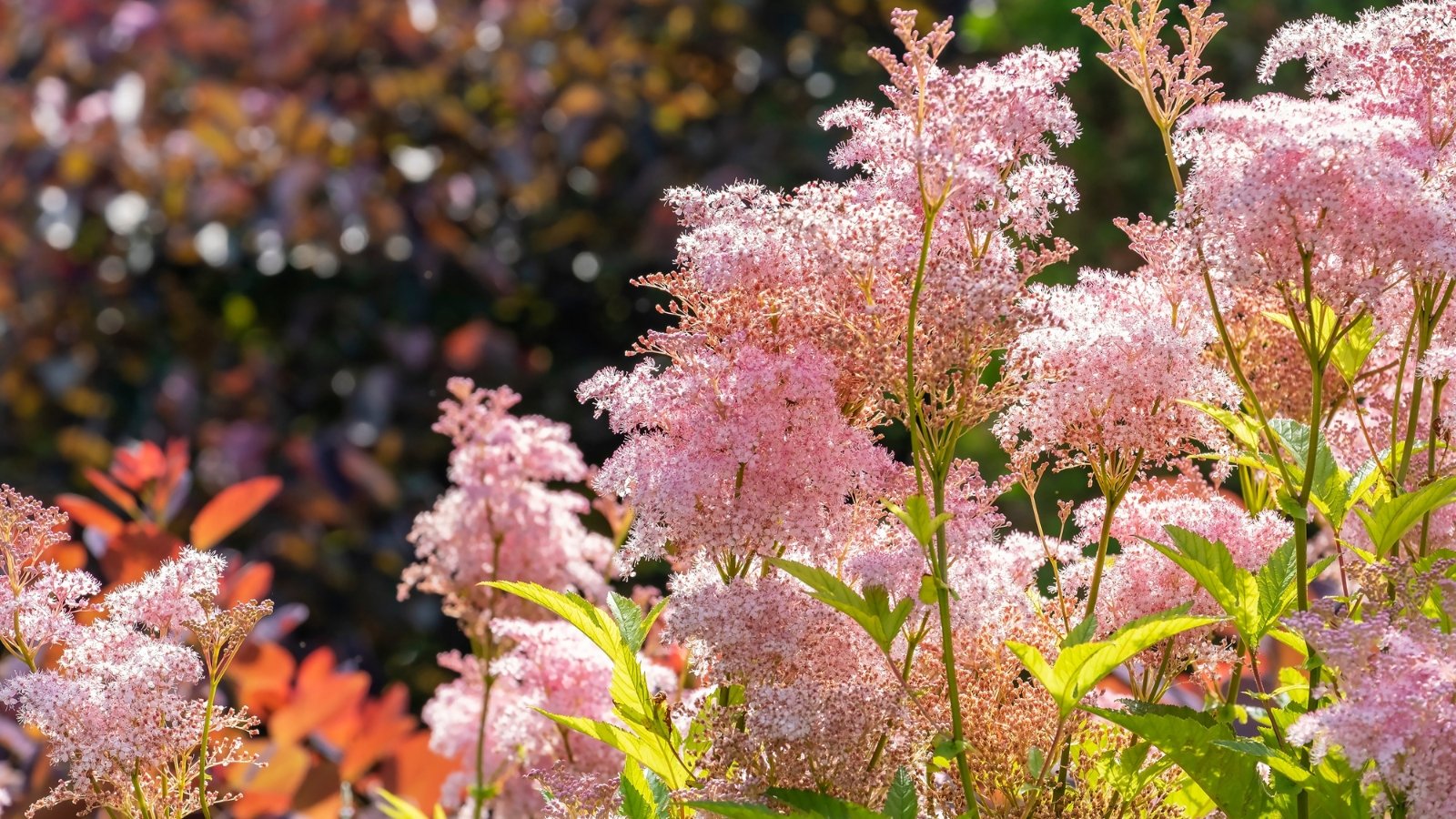
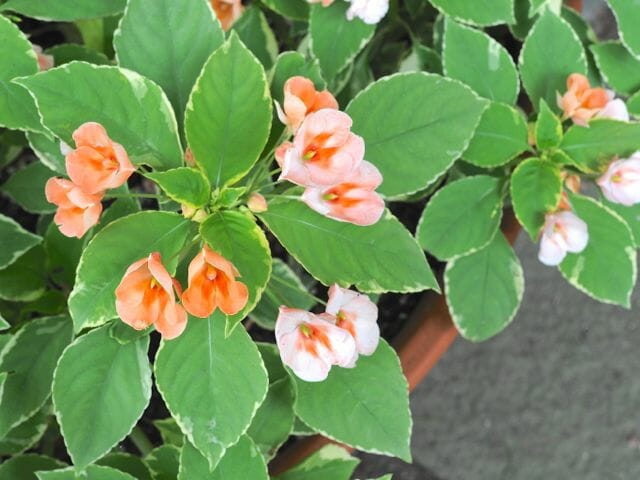
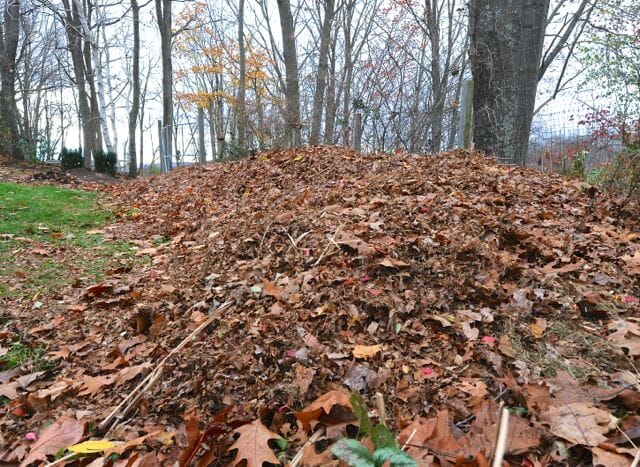
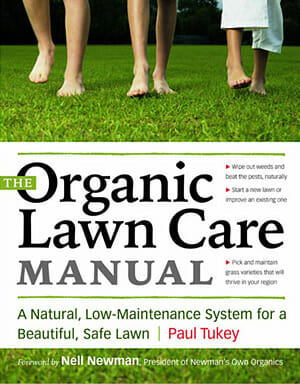
NatureNerd
The information about different varieties of pears and their specific needs is very informative. Understanding chill hours and pollination requirements can make a significant difference in fruiting success for gardeners.